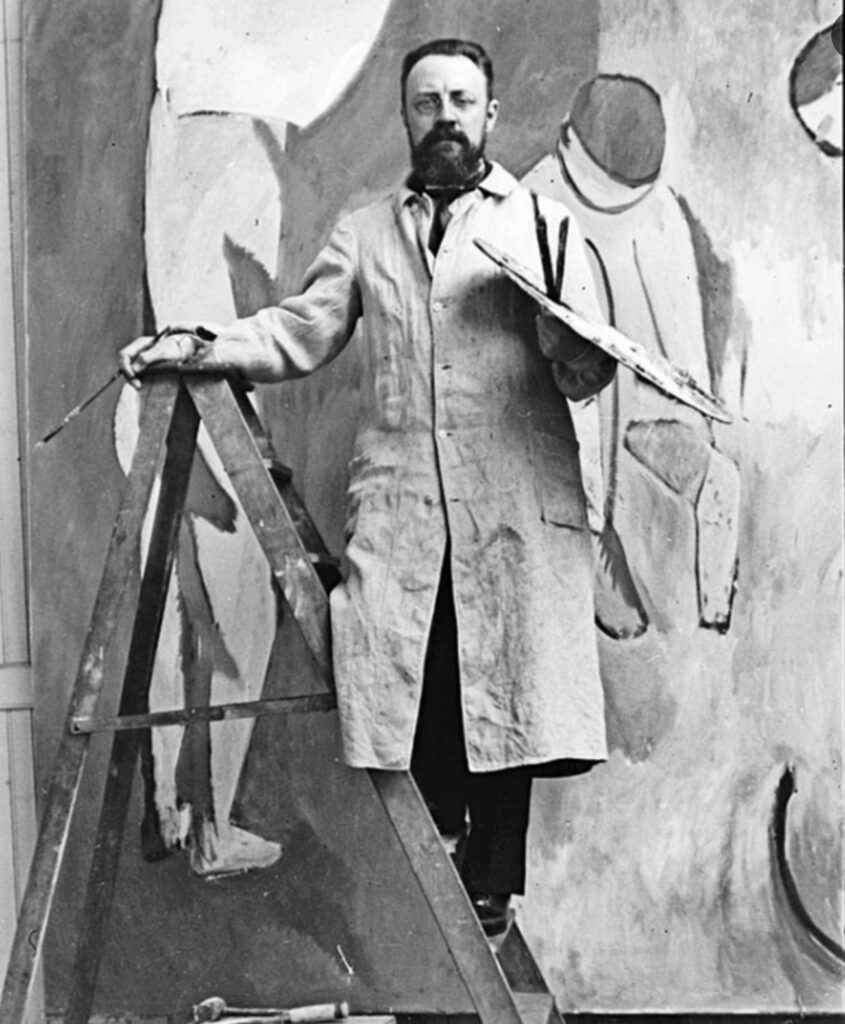
HENRI MATISSE
Henri Matisse was a French artist born in 1869 in Le Cateau, France. He studied law but became interested in painting while recovering from an operation. In 1892, he moved to Paris to study art formally, and his early style was naturalistic. Matisse experimented with impressionism and pointillism, which inspired him to use color to render forms and organize spatial planes.
By 1905, Matisse had produced some of the boldest color images ever created, including the Green Stripe (Madame Matisse). He was regarded as a leader of radicalism in the arts and gained the approval of influential critics and collectors. Matisse received important commissions, including that of a Russian collector who requested mural panels illustrating dance and music. He emphasized the importance of instinct and intuition in the production of a work of art.
In his old age, he was commissioned to design the decoration of the small Chapel of Saint-Marie du Rosaire at Vence, which he completed between 1947 and 1951. Matisse died in Nice on November 3, 1954, and he was internationally popular during his lifetime, enjoying the favor of collectors, art critics, and the younger generation of artists. Matisse’s Lithographs, Prints, and Paintings reflect several influences, including the decorative quality of Near Eastern art, the stylized forms of African masks and sculpture, the bright colors of French impressionists, and the simplified forms of French artist Paul Cezanne and the cubists.
Matisse spent much time in the south of France, particularly Nice, painting local scenes with a thin, fluid application of bright color. Matisse was an accomplished painter, sculptor, and graphic designer, regarded as one of the great formative figures in 20th-century art, a master of the use of color and form to convey emotional expression.


